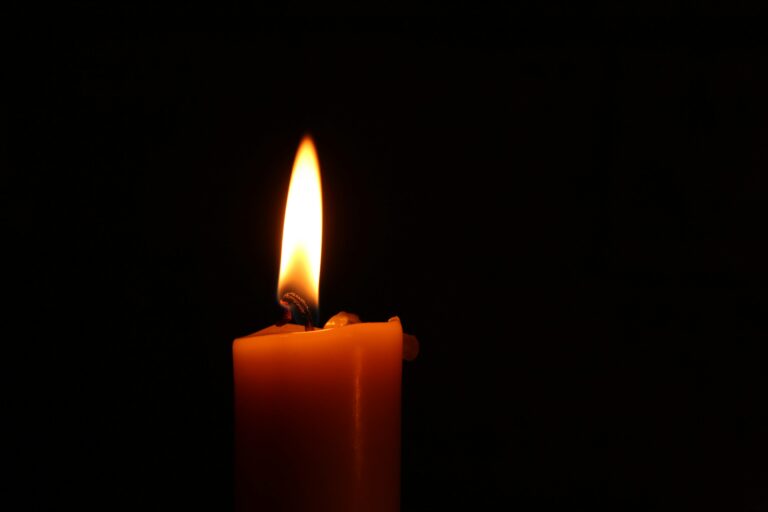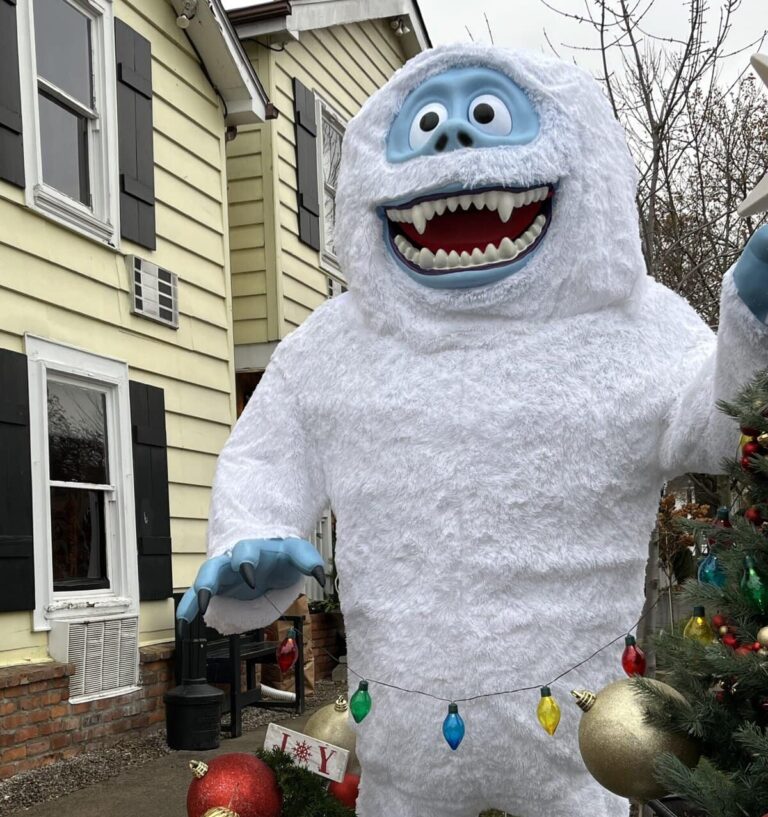Steve McGuinness
Columnist
In our last column, we explored the dramatic recent shifts in Ontario’s housing market (The Lake Report, “Bottom Line: Home prices dip, but ownership still elusive for many,” June 12). This column will focus on how younger buyers can realize their home ownership dreams.
The average age of a first-time homeowner has increased from 36 to 40 over the last decade, but some basics never change.
First homes are usually purchased with a combination of a saved down payment and mortgage financing from a lender. Aspiring homeowners need to set a plan to accumulate a down payment, leaving manageable mortgage payments.
Lenders will require the homeowner to put down 20 per cent of the home’s cost. Otherwise, they may accept less, but that will make mortgage payments higher and will entail incurring a high ratio mortgage insurance fee.
Lenders will require all home ownership costs to remain under 40 per cent of gross income.
Extending the amortization period for a loan from 25 years to a longer period, will lower the mortgage payments.
Alarmingly, if you buy at 40 and amortize the balance over a period longer than 25 years, you will extend the mortgage life beyond normal retirement age.
There are two strategies to help new homeowners accumulate a down payment faster.
The first is to borrow from “the bank of mom and dad.” Generally, no part of a down payment can come from borrowed funds, but the lender will consider contributions from parents as gifts (whether the parent requires repayment or not).
Parents can borrow their contribution against their own home using a home equity line of credit. These lines of credit usually only require interest payments. So, if the parent expects the child to make the payments, the amounts could be lower than on a traditional mortgage.
The second way to accumulate a down payment faster is by taking advantage of government incentive programs. There are two: the RRSP Home Buyers’ Plan and the First Home Savings Account.
The Home Buyers’ Plan lets first-time homebuyers withdraw up to $60,000 toward a down payment from their RRSP, without tax. To qualify, you must not have owned a home (or lived in a spouse or partner’s home) within the last four years.
You must also live in the new home as your primary residence, and the RRSP funds must have been deposited 90 days before the purchase. The withdrawn funds must be repaid over a period of 15 years with at least 1/15 of the amount being recontributed every year.
The First Home Savings Account plan allows tax-deductible contributions plus tax-free withdrawals if used for a qualifying home purchase. Unlike the Home Buyers’ Plan, you don’t have to repay the funds you withdraw. You can contribute up to $8,000 per year, with unused room carried forward and a lifetime limit of $40,000 (although couples can each open a First Home Savings Account, doubling total savings to $80,000).
To withdraw funds, you must have signed an agreement to purchase a home. If you never purchase your home, savings can be transferred to an RRSP without penalty. The account can remain open for up to 15 years.
In his Bay Street career, Steve McGuinness was a senior advisor to large financial institutions and is now retired in NOTL. Send your personal financial planning questions to him at smcgfinplan@gmail.com.










